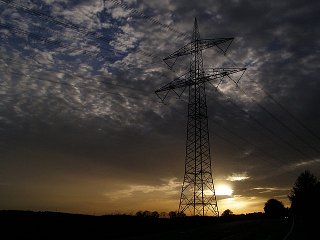What is a ‘swing’ and ‘sag’ pylon compensation claim?

Some of the most common pylon compensation claims may be for pylons crossing over or near the boundaries of a property, but what many people don’t know is that you may be eligible to a compensation claim as a result of swing or sag from electricity cables—even if the powerline does not directly cross over your property. A swing claim can occur when the line is close enough for the cables to temporarily cross over the boundary in windy weather.
Swing claims can result in substantial payouts. Let’s take a look at what these claims generally entail – and how you might be eligible to make one.
Identifying whether or not you have a swing claim
Swing claims are more common than you might think. In windy conditions, power lines can swing anything up to ten metres away from their normal still air position. The amount of swing depends mostly on pylon design and the length of span between the pylons. Cables also sag in warm weather as they become longer with warmth and this is also taken into account in a swing claim. This is because longer cables can swing even further in the wind. So how do you know if you are eligible?
Swing claims can occur in respect of rural or urban property. The first stage to identifying whether the cables swing over your property boundaries is to go outside and see if the cables are within approximately 15 metres of your boundaries in their normal, still air position. I.e. are they 15 metres away, or less, on the neighbouring land. If so we suggest you call us so we can carry out an assessment using our mapping systems, free of charge. We are usually able to give you our thoughts within about 15 minutes. If we think you have a case we would be happy to visit you, again without cost or obligation, to advise you further.
Photo by Erich Ferdinand









